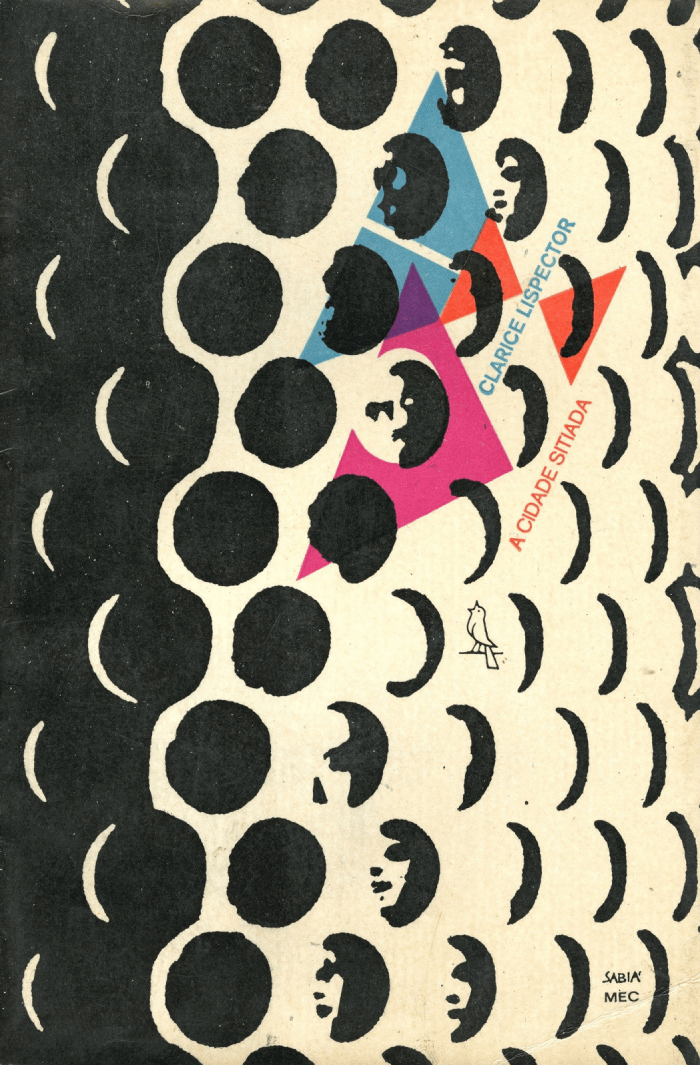The novel takes place in the 1920s and is set in the unattractive suburb of São Geraldo, where the young Lucrécia Neves lives, remotely unaccepting of the monotony of an environment with no future. The conflict between city and countryside, which is present in other works by the author (The Chandelier, The Apple in the Dark and An Apprenticeship or The Book of Delights), is essential in this novel for the characterization of the protagonist, who is divided between the villa-refuge of her origins, with which she maintains remote affective ties, and dreams of the romanticized metropolis. The young woman’s restlessness does not go beyond this, however, as she presents a discernible limitation in her ability to reflect on life. “Lucrécia Neves might have wanted to express it, imitating with thought the wind that knocks on doors – but she was missing the name of things.” Her way of apprehending the real is through the gaze, which does not manage to transform into language, into word.
The plot, narrated in the third person, moves linearly in twelve chapters of short sentences, following the protagonist’s perambulations through city streets and through life to exhibit and confirm what things are in their appearance. The male figures, in flirtation and in marriage, are pieces in the game of trying out lifestyles. Lieutenant Felipe in his uniform and power is, above all, an outsider who disparages the suburb and thus offends her; Perseu, the prototype of beauty, is weak and “empty” like her; old Mateus, whom she marries, provides the experience of the big city, which doesn’t satisfy her. Widowed, what remains is the promise of a new marriage that takes her away from her hometown and towards a farmstead.
According to Lispector, the story of Lucrécia expresses the vain struggle “to reach reality” through a “a total view of things.” “One of the most intense aspirations of the spirit is that of mastering outer reality through the spirit. Lucrécia is unable to do that – so she ‘adheres’ to this reality, she assumes as her own life the broader life of the world.” The urban development that arrives in a disorderly manner in peaceful São Geraldo, and over which the people have no control, contributes to this destitution. Lucrécia does not live, she spies on life. It is her besieged way of being.
ByClarisse Fukelman

